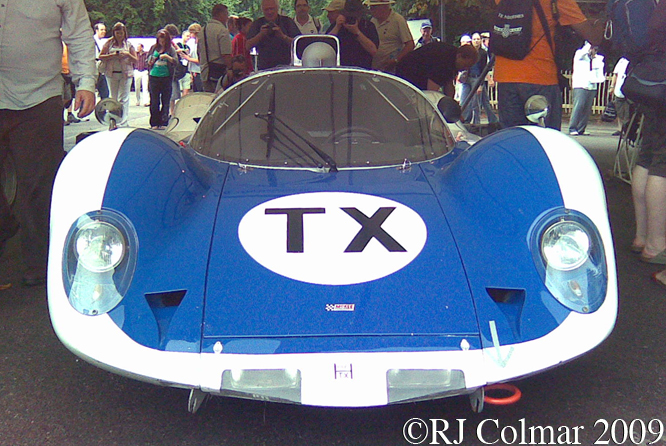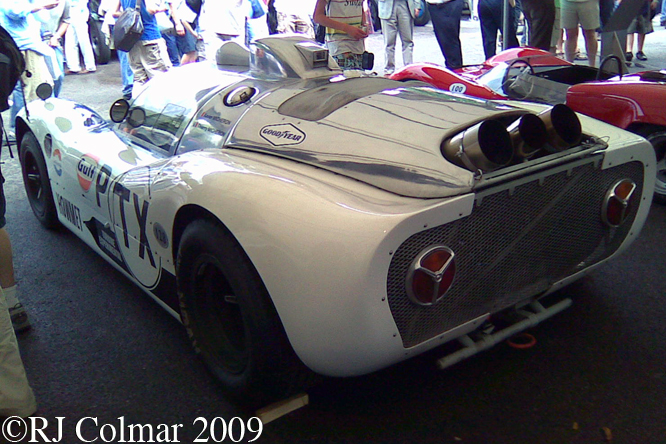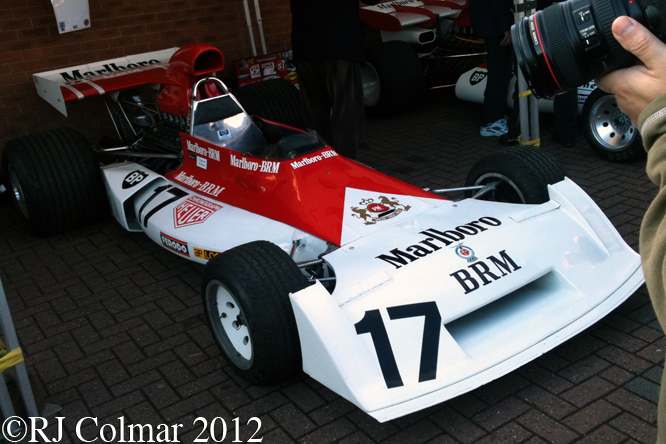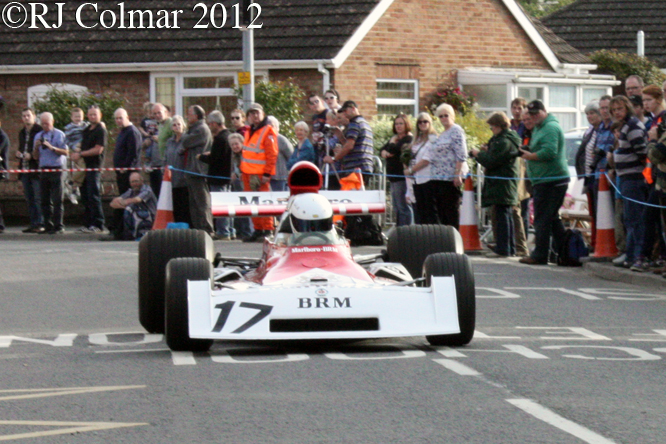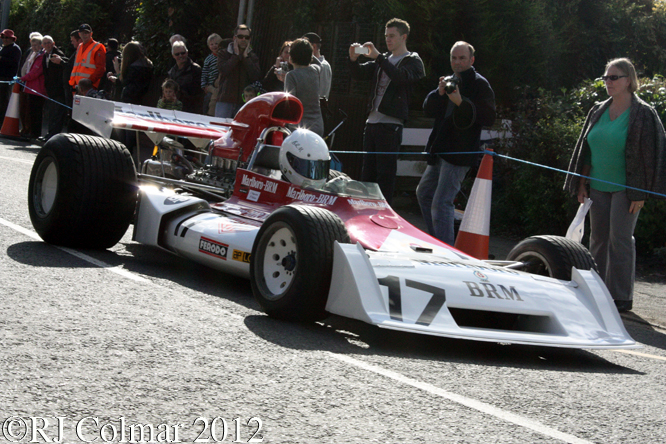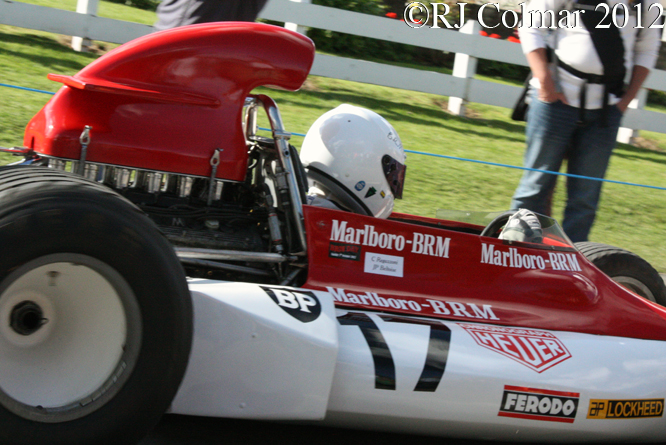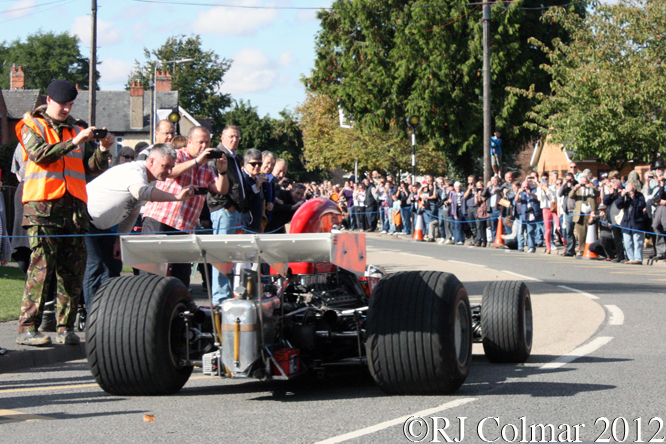Sunday’s for November will feature a few more Formula One Cars from the 1973 season, the season during which my interest in Motor Sport became a passion.
Today’s featured car the Williams Cosworth FX3 was designed in 1971 by Len Bailey who after working for British Motor Corporation, Daimler and Rover emigrated to the USA where he worked for American Motors on their first V8 and Ford on the prototype Mustang. Len returned to the UK with Ford Special Vehicle Operations (SVO) and worked on the original Ford GT Le Mans contenders and after SVO was taken over by JW Automotive he worked on the design of several mostly Ford powered prototype sports cars including the Ford P68 and later Mirage M6 both of which were powered by the Cosworth designed, Ford financed DFV.
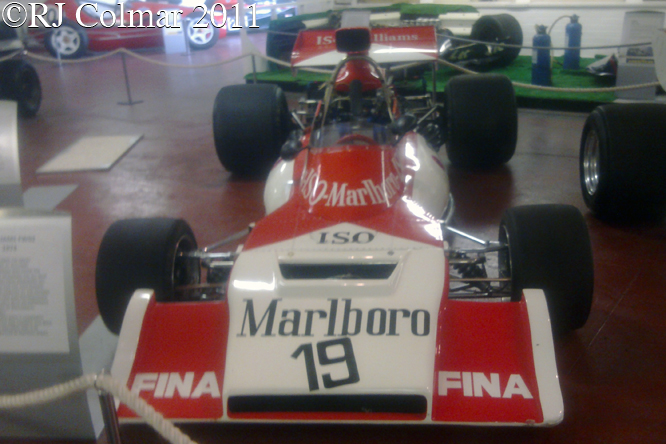
Williams had intended for the Len Bailey designed car to be built and running in 1971 but a shortage of funds meant the car was not ready until the 1972 British Grand Prix by which time Williams had done a deal with Politoys to call the car the Politoys FX3.
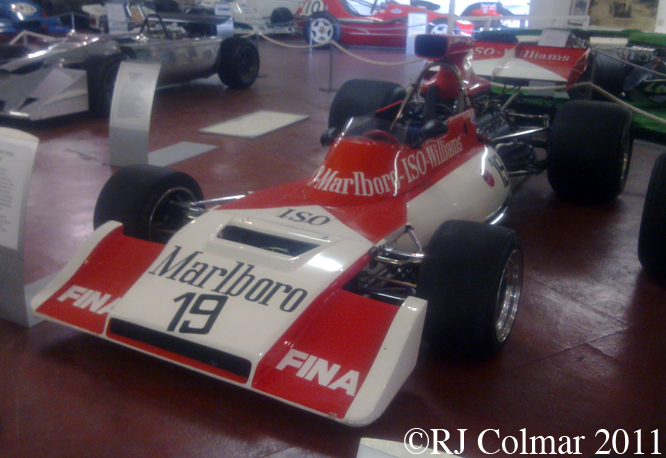
1972 Le Mans winner Henri Pescarolo qualified the Frank Williams Racing Cars entered Politoys 26th on it’s debut at the 1972 British Grand Prix but retired after 7 laps due to a suspension failure which caused an accident from which Henri emerged unscathed.
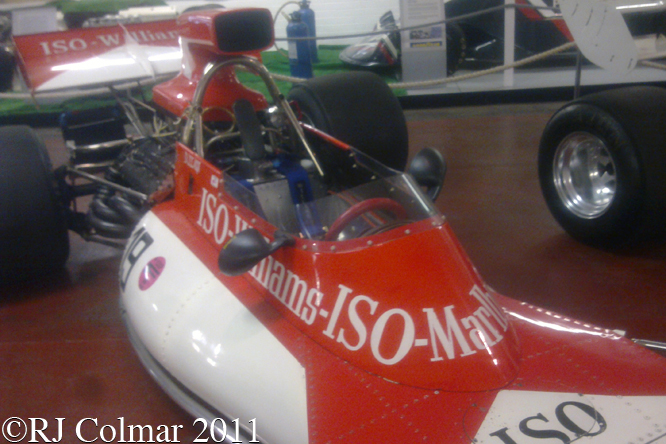
The Politoys was repaired in time for Chris Amon to drive it in the non championship John Player Challenge Trophy for which he qualified 20th but retired after 33 laps with engine failure.
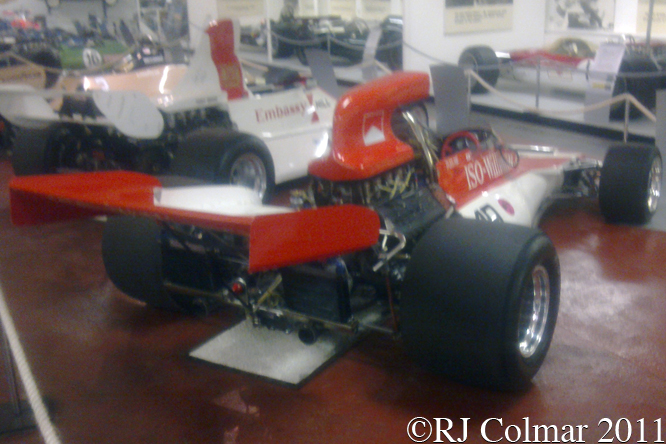
For 1973 Frank Williams did deals with Iso Rivolta and Marlboro for the 1973 season and his cars became known as Iso Marlboro Fords. For the start of the 1973 season the 1972 Politoys FX3 was upgraded to B specification with a shovel like nose replacing the winged original and a second car, the one featured today, was built up to join it though both cars known as Iso Marlboro Ford FX3B’s would only remain legal until the 1973 Spanish Grand Prix when new rules concerning fuel tank safety would make them both obsolete.
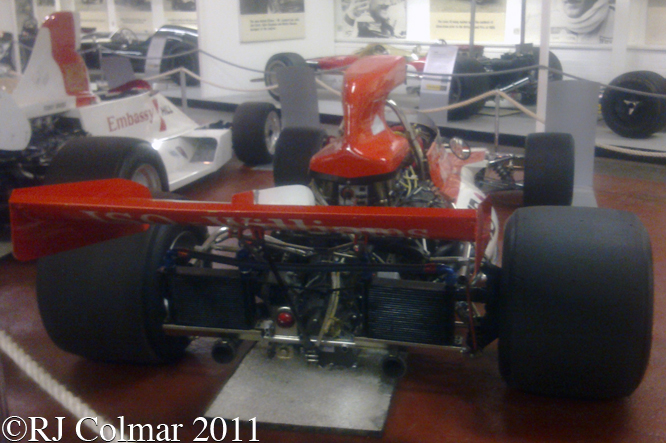
Howden Ganley drove today’s featured car, seen at the Donington Park Museum, in five races 2 of which were non championship events with a best result of 7th in the 1973 Brazilian Grand Prix. Tony Trimmer scored the models best in period result at Brands Hatch where he finished 4th in the non championship Race of Champions watched by a 14 year old who became the author of today’s piece.
For the 1973 Spanish Grand Prix Williams had 3 new cars built to meet the new safety requirements that were designed by John Clarke with IR model numbers.
Today’s featured car was next seen racing on two occasions in Formula Libre events at Mallory Park in 1983 powered by a Formula 5000 motor and driven by Alistair Thompson to 2nd place and 4th place finishes. Later still a Ford Cosworth DFV was refitted to #FX3/2 the car was raced by Richard Peacock.
After spending much of the 1990’s in Italy it would appear that #FX3/2 is currently being offered for sale by Hall & Hall in Bourne, Lincolnshire.
My thanks to everyone who contributed to the Williams FX3B thread at The Nostalgia Forum for additional information relating to today’s post.
Thanks for joining me on today’s “Stop Gap” edition of “Gettin’ a li’l psycho on tyres” I hope you will join me again tomorrow when I’ll be returning to the Monday Pick Up feature. Don’t forget to come back now !
Errata, my thanks to Tim Murray for pointing out it was Len Bailey who designed the Williams FX3 not Len Terry as originally stated and subsequently corrected. Apologies for any confusion.


